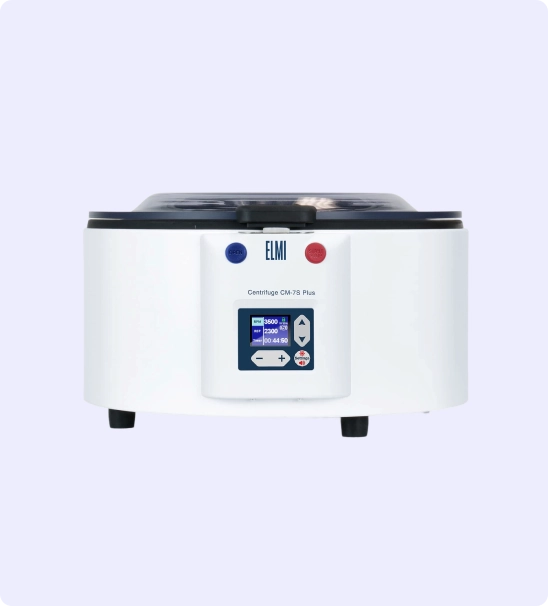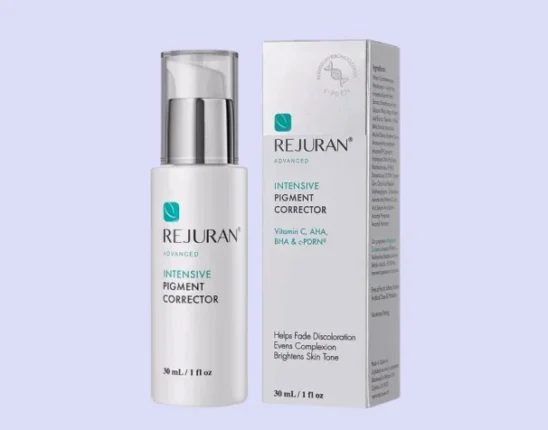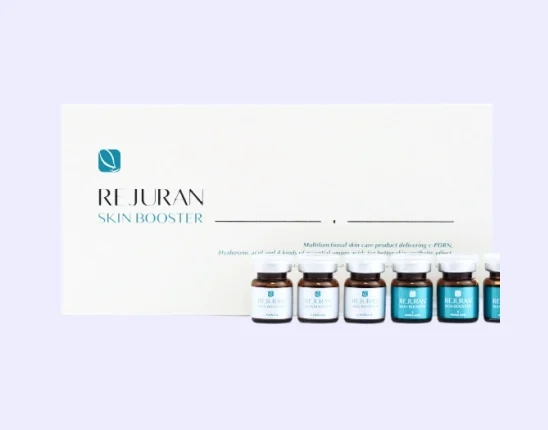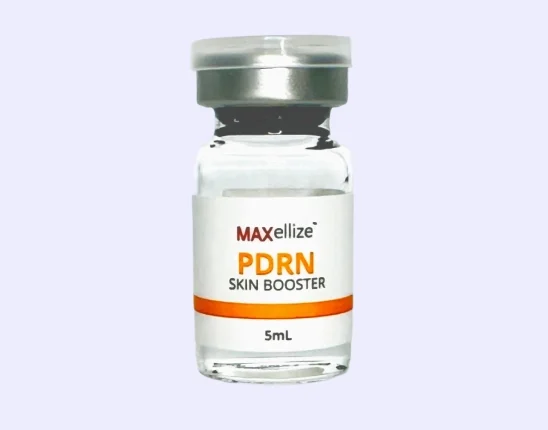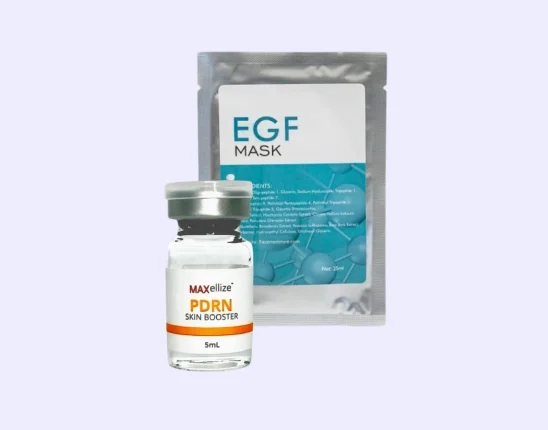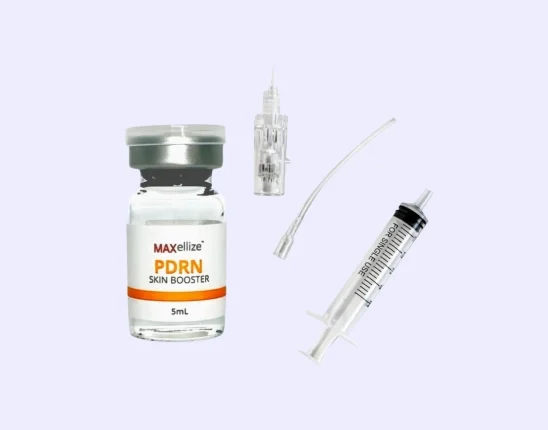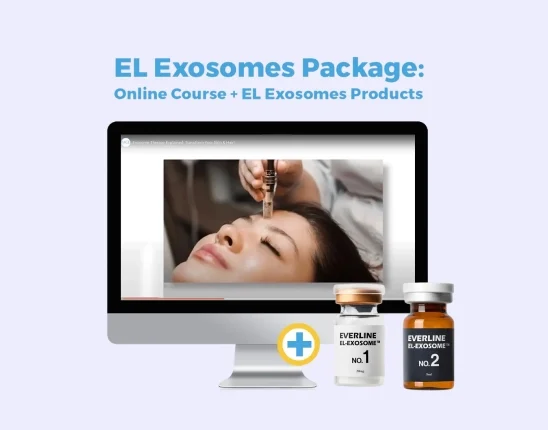PRP treatments are a possible option for hair loss patients looking to improve the appearance of their hair. By using the natural regenerative abilities of your platelet-rich plasma to stimulate dormant hair follicles, patients with androgenic alopecia can improve both hair growth and the quality of your hair. But while getting PRP therapy is one part of the process, how well you prepare yourself for the treatment and how you take care of yourself afterward can affect the final result.
So what are the pre and post-care steps to PRP therapy for hair loss? While your esthetic provider will give you guidelines throughout the procedures, some general pre-care practices include avoiding sun exposure, alcoholic beverages, and certain medications. Come post-treatment period, refrain from doing strenuous activities or applying pressure on the treatment site.
Pre-Care Guidelines for PRP Treatments
Prior to receiving PRP treatments, most esthetic providers require you to undergo an initial consultation. This is to determine if PRP therapy for hair loss can benefit your hair and if you’re qualified to receive treatment. Patients with blood disorders, platelet abnormalities, scalp infections, and other conditions affecting their blood cells and hair growth factors that can affect treatment may not be allowed to receive PRP.
If your blood sample is healthy and has a normal concentration of platelets, you may be qualified to receive hair loss treatments, your provider should give you guidelines on how to prepare for your treatment.
What to Avoid Before Your Treatment
Here are some things to avoid at least several days before your treatment:
- At least a week (or preferably 2 weeks) before your treatment, avoid taking blood thinners, blood-thinning medication, and vitamins and nutritional supplements that contain these blood-thinning substances. If you have a prescription that requires it, discuss this with your provider as you may not be qualified for PRP.
- Vitamin A
- Gingko
- Garlic
- Flax
- Cod Liver Oil
- Omega 3 Fatty Acids
- Multivitamins
- Plavix
- Coumadin
- Heparin
- Anti-inflammatory medications such as Advil, Motrin, and Voltaren (Alternatively, you can take Tylenol for pain)
- Propranolol
- Any prescription medication for heart and blood pressure medication
- Avoid prolonged sun exposure at least 7 days before the treatment. This can dry out the natural oils in your hair and scalp and make it dry and brittle.
- Avoid drinking any alcoholic beverages at least 3 days before your treatment. Alcohol is a blood thinner and can also make your scalp more sensitive to microneedling and injections. It can also make the blood draw process more painful.
- Avoid having hair treatments done like coloring and styling at least one week before your treatment.
Getting Ready on the Day of Your Treatment
On the day of your treatment, here’s what you should do:
- Stay hydrated and maintain a healthy intake of fluid. Have a normal breakfast routine to help with your blood circulation and ensure your body is functioning at its best. Two hours before your treatment, drink at least 2 glasses of water.
- Shower and wash your hair thoroughly. This can get rid of all the dirt, oils, and other particles in your hair and scalp that could cause infection during treatment. Use your regular shampoo; avoid using new shampoos on the day of your treatment to avoid an adverse reaction. Towel or air-dry your hair, and then avoid using any styling or hair care products.
- If you wear hair extensions, remove them before showering. Don’t wear hair systems like wigs or toupees over your hair after showering as these can trap dirt and other particles on your newly-washed hair.
GET MEDICAL-GRADE BLOOD COLLECTION NEEDLES AT 20% OFF WITH CODE “20OFF” ON YOUR FIRST ORDER.
Stock up on blood collection needles and other medical and aesthetic supplies with FACE Med Store. Checkout today and get 20% off your order.
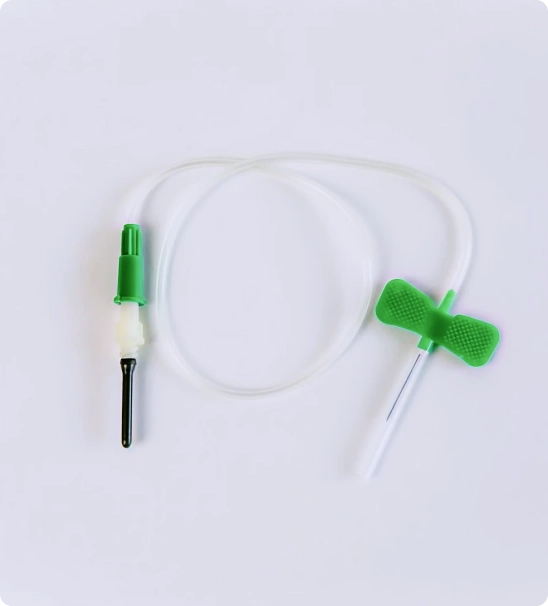
Post-Care Guidelines for PRP Treatments
Here’s what you should avoid and practice following your PRP treatment. Don’t forget to follow your treatment plan and schedule your next PRP session.
What to Avoid Following Your Treatment
Your provider should also provide you with guidelines in further detail. If you’re taking blood-thinning prescription medication, let your provider know.
- For the first 8 hours, avoid touching the treated area of your scalp. This can cause bruising as well as increase the risk of bacterial infection.
- Avoid NSAID pain relievers for at least 2 weeks after treatment. PRP treatments rely on inflammation to promote stimulation, and NSAIDs can minimize the effects. If you have to take pain relievers, take those with Acetaminophen.
- For hair care, avoid wetting your hair for at least 3 hours and then applying any hair care or hair styling products for at least 6 hours.
- For the first 2 days after your treatment, avoid strenuous exercises as these can promote blood flow and increase the risk of bruising. Also, avoid saunas, steam rooms, and swimming pools. On top of the increased risk of bruising, these areas may make the treated part of the scalp prone to infections.
- Avoid alcohol and highly caffeinated beverages for at least 3 days after treatment. These can have blood-thinning effects and promote bruising in the treatment area. Increase your water intake for a week to improve the effects of PRP.
- Avoid smoking for at least 3 days. Smokers can consume unhealthy substances that hinder the wound healing process, affect healing time and healing factors, and cause issues with cell repair and regeneration.
Managing Side Effects
After your treatment, you may experience minor side effects like mild pain, swelling, bruising, redness, and inflammation. These usually subside after several days on their own. If these symptoms are uncomfortable, you can use home remedies like ice packs and non-NSAID pain relievers to manage your symptoms.
Getting PRP is a relatively safe procedure. If you’re getting your treatment from a qualified professional, the risk of adverse effects is low. However, if you experience any of these side effects, see a doctor immediately:
- Pus-like discharge
- Increased warmth around the treatment area
- High fever
- Severe pain that can’t be managed with pain relievers
- Side effects that last longer than 2 weeks
Visit FACE Med Store to Find Exclusive Hair Care Deals
Getting your PRP treatments from an experienced esthetic provider can reduce the risk of adverse reactions while also getting the best treatment to cover your hair loss. But that’s only half the battle – how prepared your body is to take PRP and how it functions after treatment can also affect the final results and your overall experience with PRP therapy.
FACE Med Store is your source for quality beauty, health, and wellness products at competitive prices. Our online store features exclusive deals that bring you big savings when shopping for your esthetic practice or for personal use. Browse our catalog today to find high-quality beauty and medical supplies.
